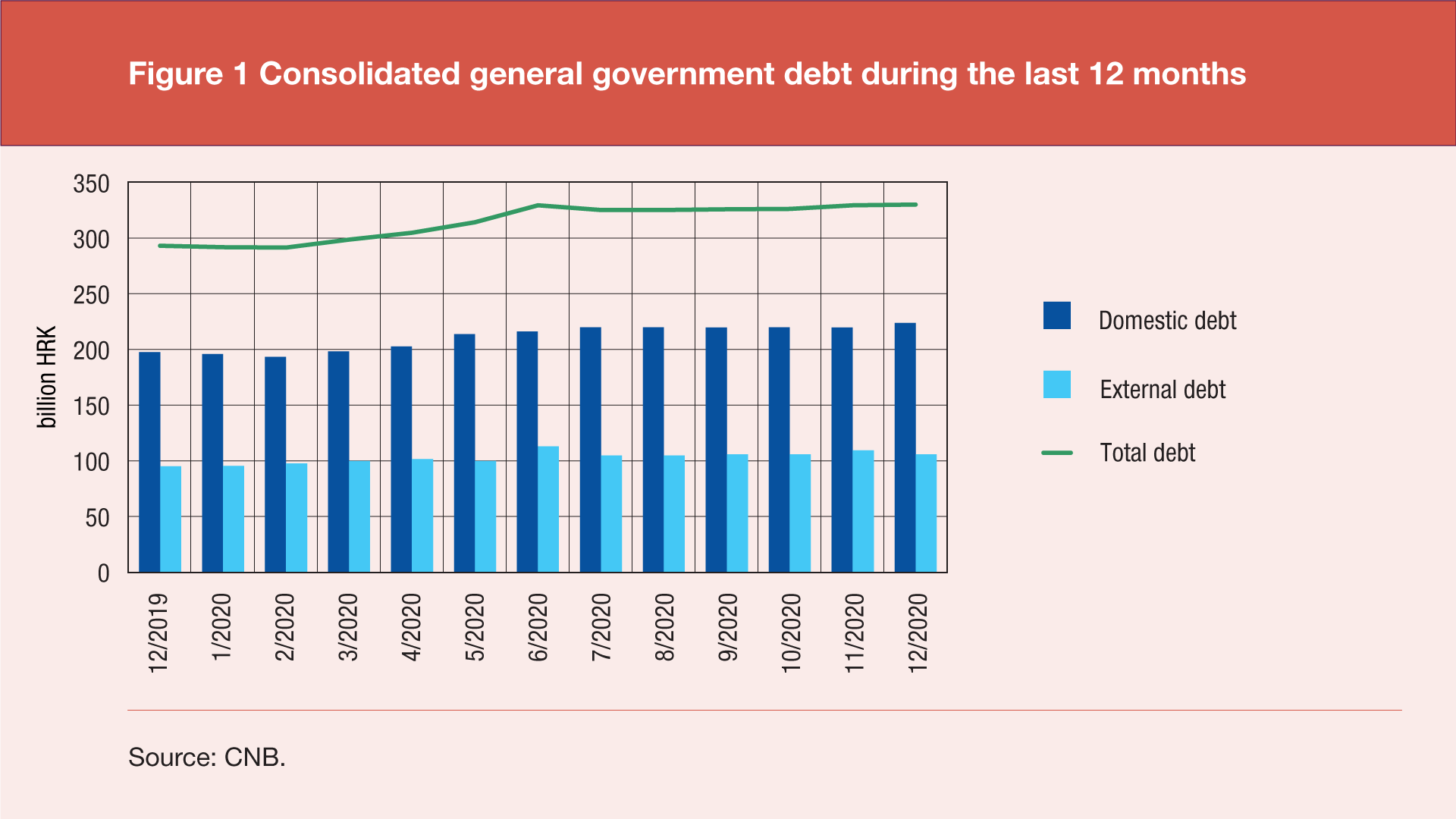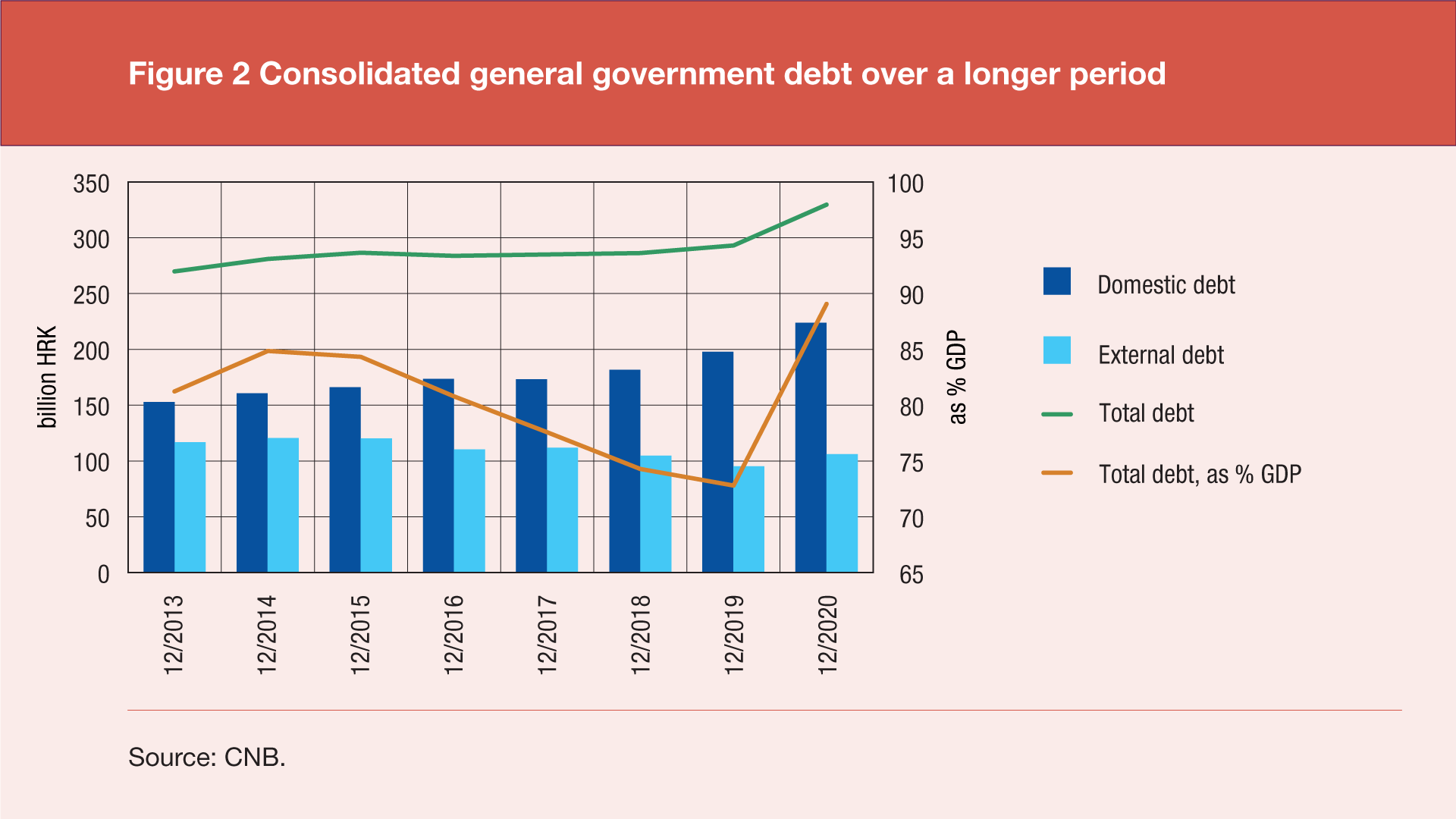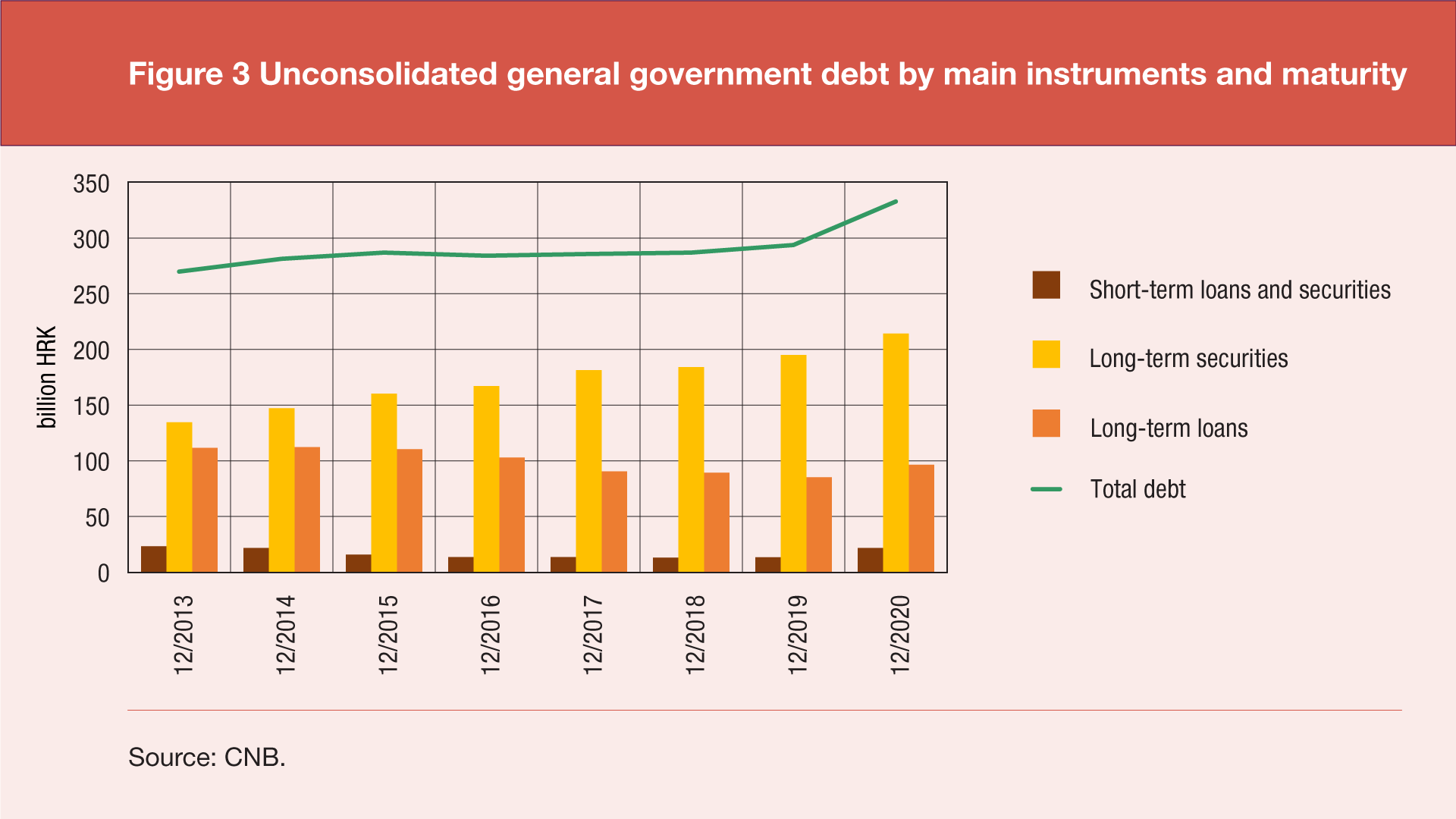Statistical releases provide a summary of the most recent values and trends for the published statistical indicators series compiled by the Croatian National Bank.
Statistics
- Release calendar
- Statistical releases
- Indicators of banking system operations
- Main macroeconomic indicators
-
Statistical data
-
Financial sector
- Republic of Croatia contribution to euro area monetary aggregates
- Consolidated balance sheet of MFIs
- Central bank (CNB)
- Other monetary financial institutions
- Other financial corporations
- General government sector
- External sector
- Financial accounts
- Securities
- Selected non-financial statistics
- Payment systems
- Payment services
- Currency
- Turnover of authorised exchange offices
- Archive
-
Financial sector
- SDDS
- Regulations
- Information for reporting entities
- Information for users of statistical data
- Use of confidential statistical data of the CNB for scientific purposes
- Statistical surveys
- Experimental statistics
Statistical releases
General government debt statistics for December 2020
According to the first available data[1], the total consolidated debt of all general government sub-sectors[2] reached HRK 329.7bn at the end of December 2020, up HRK 526m (or 0.16%) since the end of the previous month and by HRK 36.8bn (or 12.6%) since the end-December 2019. This increase was to the greatest extent due to an increase in the domestic debt component in the amount of HRK 4.1bn (or1.9%) in December 2020 and by HRK 26.0bn (or 13.2%) since end-December 2019.

In relative terms, measured against the annual GDP[3], the total debt amounted to 89.1% of the annual GDP at the end of December 2020, while at the end of December of the previous year it stood at 72.8% of the annual GDP.

The general government debt data structure by main debt instruments and maturity is available only for the general government unconsolidated debt[4]. Long-term debt instruments dominate the maturity structure of this debt: at the end of December 2020 most of the debt was made up of bonds (64.4%), the second by importance were long-term loans (29.1%), and last were short-term loans and securities (jointly 6.5%). The short-term debt was HRK 8.4bn (or 63.1) higher at the end of December 2020 than a year ago, while long-term debt increased by HRK 30.5bn (or 10.9%) during the last year.

Statistical time series: Table I3 General government debt (ESA 2010).
-
Preliminary data; final data will be available on 22nd April 2021 after the Central Bureau of Statistics publishes its Excessive deficit procedure report for the Republic of Croatia. ↑
-
This debt excludes the cross claims of institutions within the same sub-sector and between sectors, the so-called Maastricht debt. ↑
-
Calculated as the sum of the preceding four quarterly GDP figures. ↑
-
The unconsolidated debt represents the Maastricht debt increased by cross claims of different units within the general government sector. ↑
